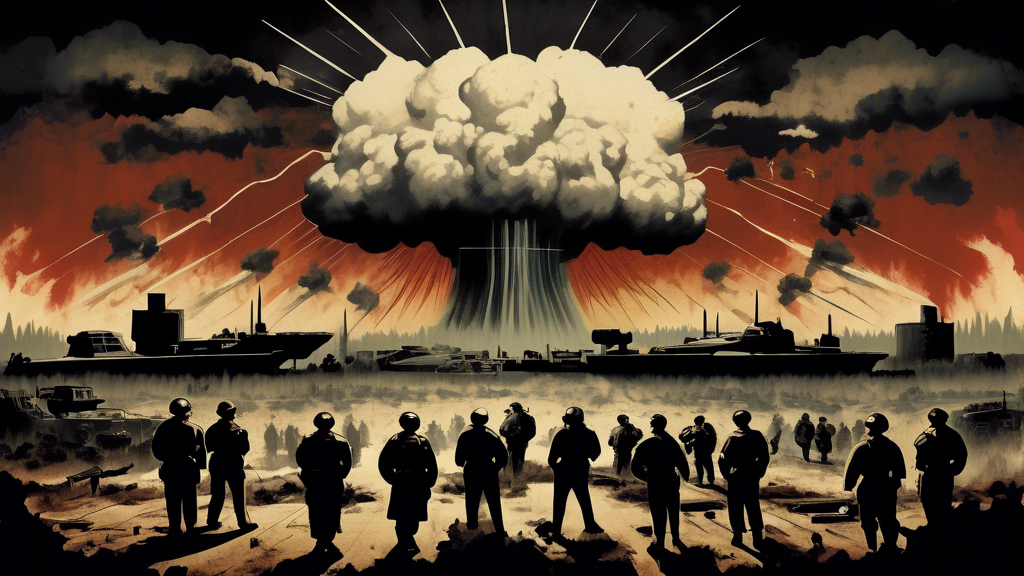
Intimidating Nuclear Threats Confronting the United States
The geopolitical landscape of the 21st century is fraught with nuclear threats that pose significant challenges to the United States. As various nations enhance their nuclear arsenals and refine their strategies, understanding the modern implications of nuclear warfare becomes imperative for national security and global stability.
Limited Nuclear War and Its Implications
The concept of limited nuclear war, where adversaries believe they can engage in a restricted nuclear conflict without risking total annihilation, introduces a precarious dynamic. This perception can alter the global order and embolden nations to perceive a nuclear confrontation as a viable option, fundamentally shifting the stability that deterrence mechanisms were designed to maintain.
Deterrence and Escalation
Nuclear weapons typically serve as a deterrent against large-scale wars between nuclear-armed states, as the catastrophic consequences of a nuclear retaliation create a significant disincentive for conflict. However, this deterrent effect does not eradicate rivalry or competition, and conflicts among nuclear powers can still escalate dangerously. The potential for miscalculation remains high, necessitating a reevaluation of U.S. doctrines and strategies regarding nuclear engagement.
Adversary Perspectives
A critical area of concern lies in the American tendency to project its perspectives onto adversaries regarding the utility and likelihood of nuclear weapon use. Analysts may underestimate how countries like North Korea or Russia perceive the uses and risks associated with nuclear arms. This projection can lead to misjudgments that further complicate diplomatic efforts and increase the risk of inadvertent escalation.
Historical Context
During the Cold War, nuclear strategy revolved around the principle of massive retaliation, which was effective while the Soviet Union remained in a position where it could not easily strike the continental United States. However, the modern world witnesses adversaries with enhanced capabilities, challenging the efficacy of such strategies and raising concerns about nuclear engagement at lower thresholds.
Modern Challenges
To effectively address current nuclear challenges, the U.S. defense community must reorient its thinking towards the realities of limited nuclear war. An understanding of how adversaries might perceive the balance of risks and benefits associated with nuclear use is crucial for crafting appropriate responses and strategies that safeguard American interests while averting catastrophic outcomes.
Global Stability
The presence of nuclear weapons necessitates a cautious approach in military confrontations globally. While these weapons can act as deterrents, they also create scenarios wherein states might seek to utilize nuclear arms to achieve specific objectives while attempting to control escalation. This duality emphasizes the need for robust diplomatic engagement and strategic dialogue to prevent miscommunication and unintended conflict escalation.
In conclusion, as the nuclear landscape evolves, the United States faces daunting challenges that require a nuanced understanding of both strategy and psychology in nuclear warfare. The implications of these threats extend beyond national borders, affecting global security and stability. Addressing these concerns through careful analysis and proactive measures will be essential for mitigating the risks posed by an increasingly complex and perilous nuclear arena.
